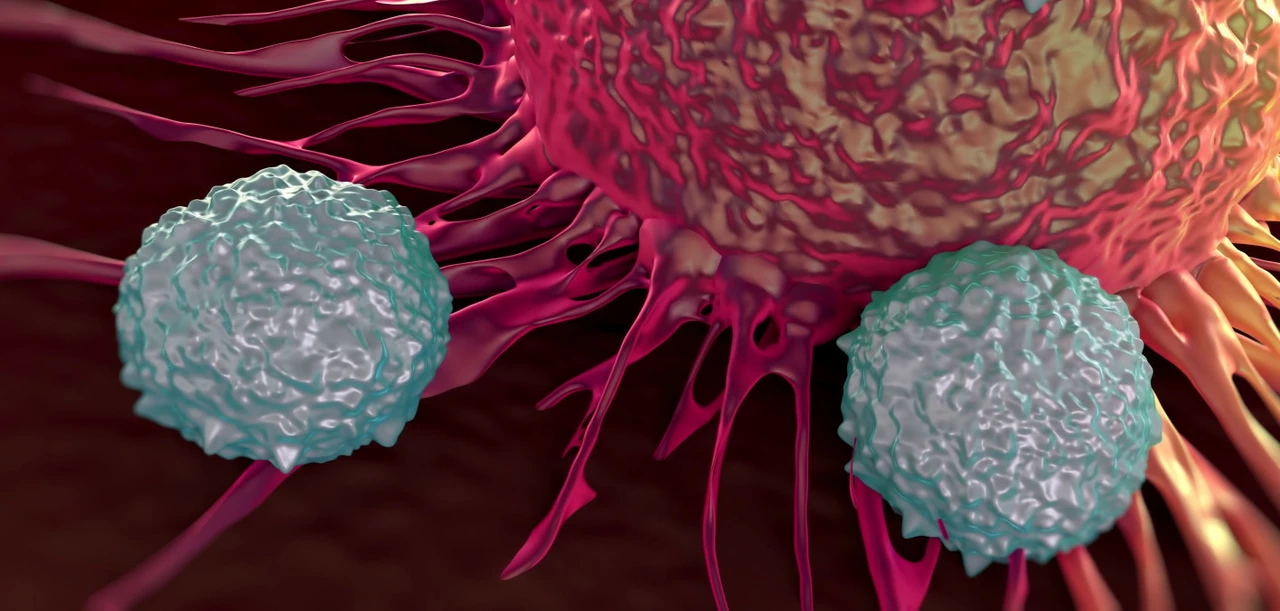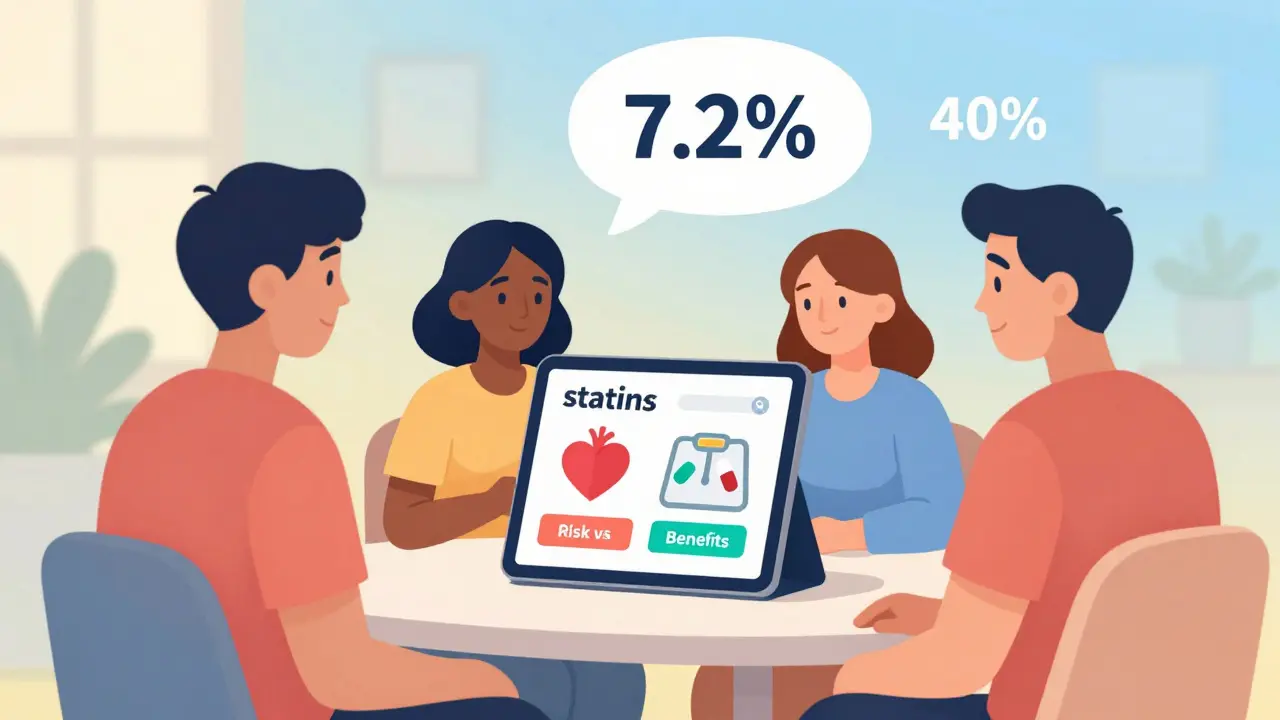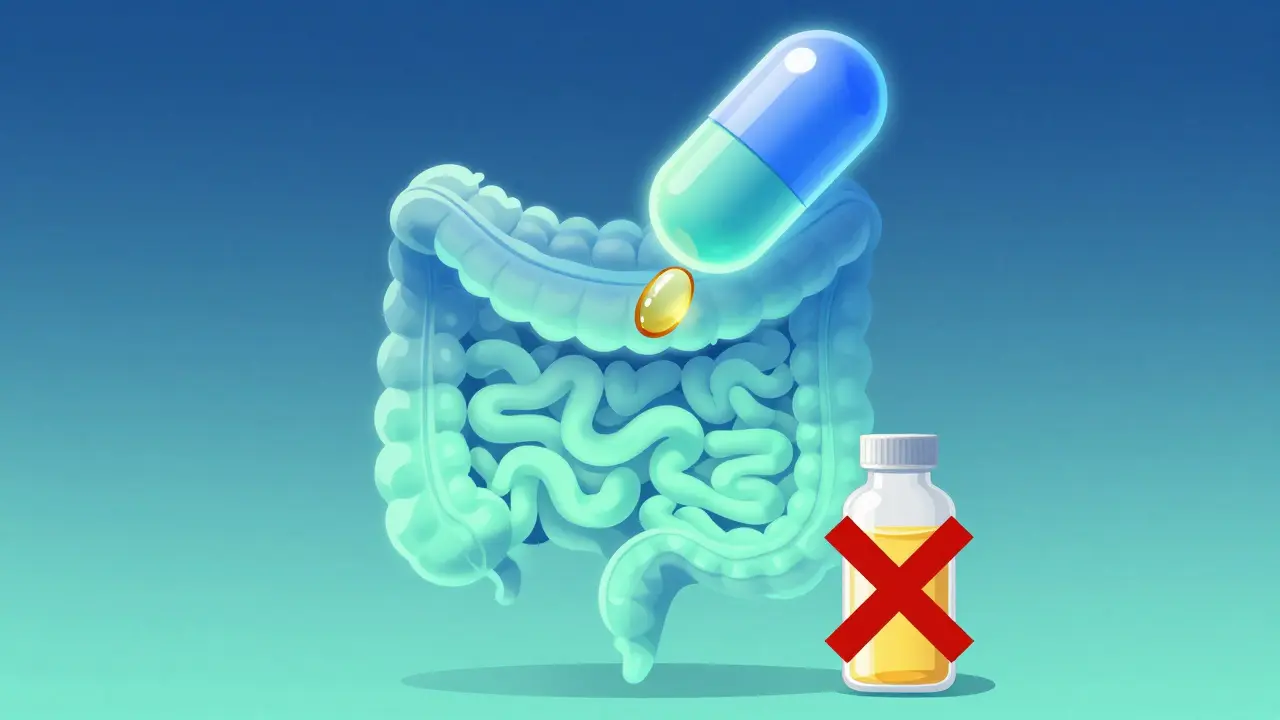Cyclophosphamide: what it does and what to watch for
Cyclophosphamide is a strong chemotherapy drug used for many cancers and some autoimmune diseases. It can work very well, but it also brings real risks—especially to the bone marrow, the bladder, and fertility. Here’s a clear, practical guide to help you understand how it’s given, common problems, and easy steps to stay safer while on treatment.
How cyclophosphamide is used and given
Doctors give cyclophosphamide by mouth as capsules or by IV infusion. For autoimmune disease, common approaches include monthly IV “pulse” doses (often 500–1,000 mg per infusion) or daily oral doses (about 1–2 mg/kg/day). For cancer, doses and schedules vary widely and are tailored to the type of cancer and other drugs used. Always follow the exact plan your care team sets.
Common and serious side effects — be specific
The most frequent problem is myelosuppression: the drug lowers white cells, red cells, and platelets. That raises infection, fatigue, and bleeding risk. Expect regular blood counts—often before each cycle or every 1–2 weeks if you’re on daily oral therapy. Watch for fever, new bruises, or heavy bleeding and report those right away.
Another real risk is hemorrhagic cystitis—blood in the urine caused by a cyclophosphamide breakdown product. You can cut that risk with simple steps: drink plenty of fluids, urinate often, and void before bedtime. In many high-dose or IV regimens, doctors give mesna, a drug that protects the bladder.
Nausea, hair thinning, and mouth sores are common but usually manageable with anti-nausea meds and supportive care. Less common effects include SIADH (low sodium), changes in liver or kidney tests, and long-term risks like secondary blood cancers—those are rare but part of informed consent.
Fertility and pregnancy deserve extra attention. Cyclophosphamide can damage eggs and sperm. If you might want children later, talk to your team about sperm banking or egg/embryo preservation before starting treatment. Use reliable birth control during treatment and for several months after stopping; your clinician will give a timeline based on dose and regimen.
Drug interactions and vaccines: avoid live vaccines while on cyclophosphamide and for a while after because of infection risk. The drug can add up with other medicines that lower blood counts—chemo, some immunosuppressants, and certain antibiotics—so keep a full medicine list with your provider.
Monitoring is practical and simple: regular CBCs, periodic urinalysis to check for blood, and routine kidney and liver tests. If you notice new blood in urine, high fevers, severe mouth sores, or sudden dizziness, seek care quickly.
Final thought: cyclophosphamide can be very effective, but it requires active management. Stay hydrated, get your labs on schedule, speak up about side effects, and discuss fertility plans early. That way you get the benefit while keeping the avoidable harm under control.






